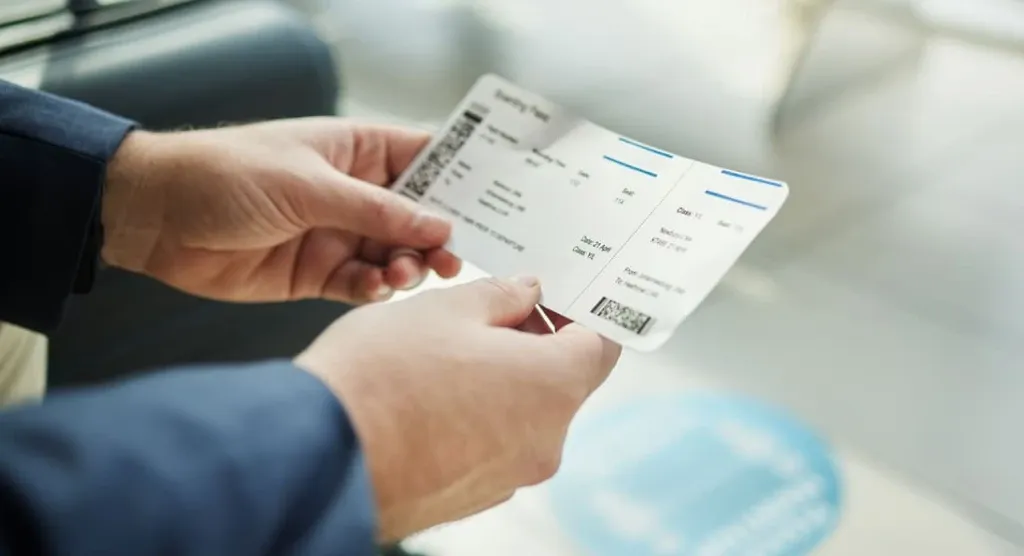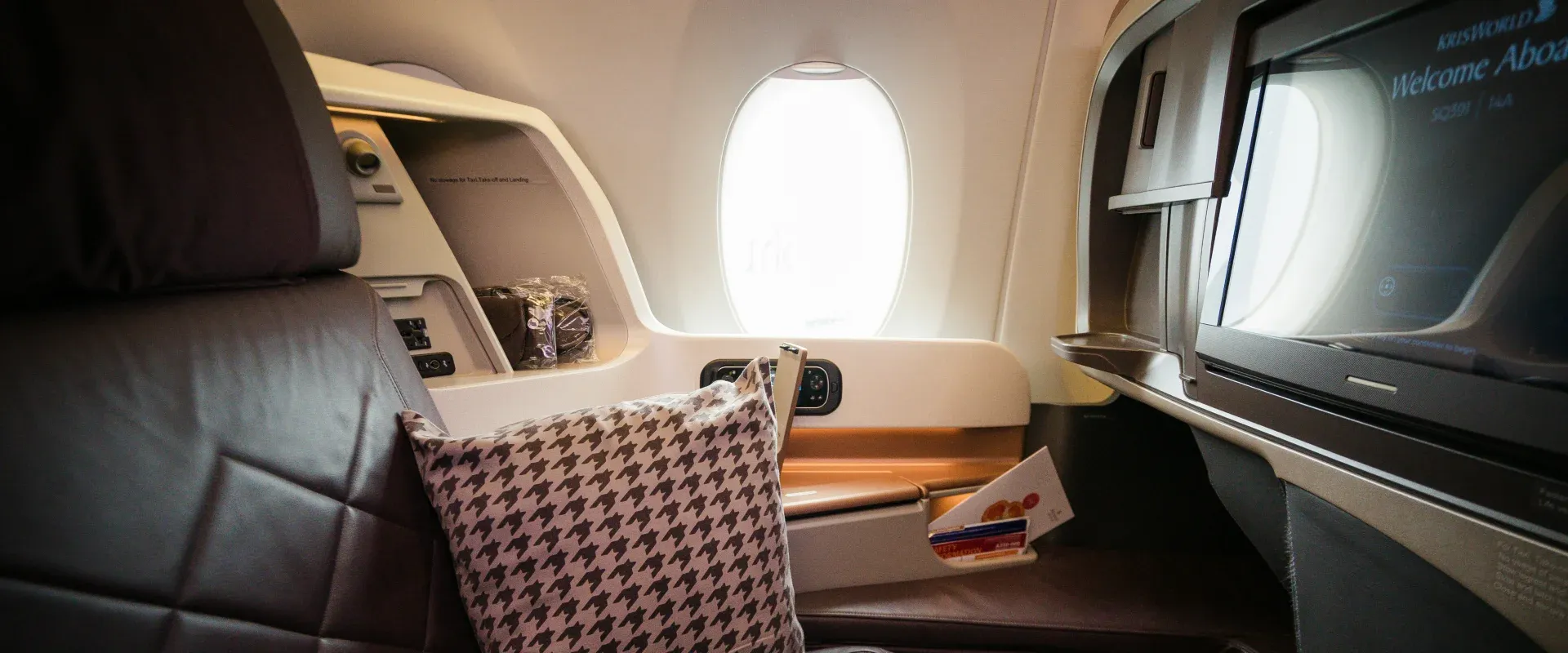
Airline status isn't worth it
Table of Contents
Controversial opinion: Airline elite status isn’t worth it anymore.
Before you clutch your pearls and rhapsodize about how much you love your mid-tier gold status on whatever airline, hear me out.
Holding elite status on an airline was once one of the most coveted travel perks, but status programs have undergone significant changes over the decades. Changes have been especially dramatic post-pandemic.
Yes, the benefits of airline status can still be enjoyable—particularly if you’ve earned the top tiers—but for most travelers, it’s no longer worth pursuing. Here’s why:
A short history of airline status
Airline status was created as an incentive to reward loyal customers. Fly enough with one airline and you unlock new benefits that keep you coming back instead of chasing cheaper fares.
A long, long time ago, when dinosaurs roamed the earth, you earned status based on the miles flown. If your flight was 1,000 miles, you earned 1,000 miles toward elite status.
Double mileage promotions made it easier to accrue status, and some travelers even did “mileage runs” at the end of the year to qualify.
This all changed in 2014. That’s when Delta* pivoted to awarding status based on the dollars you spent on a ticket. You earned more miles for premium cabin tickets and specific types of fare class tickets.
To be honest, Delta wasn’t the first airline to do this, but it was the biggest and most influential airline to do so.
This revenue-based status model had very new winners and losers: Those who paid more for tickets earned more status miles, while those who paid less, including travelers who purchased discounted fare tickets.
Now, ten years later, nearly every major US carrier awards status based on dollars spent.
Loyalty is expensive
This means that earning elite status is more challenging and expensive than ever. Here’s why:
Mileage runs are almost obsolete
- Only Alaska Airlines grants status based solely on miles flown. United offers a mileage-based status path, but this still requires significant spending.
Spending thresholds are high
- Expect to spend in the range of $5,000 to $8,000 to earn the lowest tier of status (which honestly doesn’t get you too many perks).
Obviously, this figure depends on the specific airline’s status chart. And if you already have status with the airline, your earning rate may be accelerated.
So, while this is technically possible by buying one roundtrip international business ticket in cash, it’s a lot of spending for very little reward.
Co-branded credit card shortcuts only help so much
Direct purchases with airlines (such as tickets and upgrades) generally earn customers 1 status dollar for every $1 spent directly with the airline. If you already have status, you may earn status dollars at a higher rate.
If you want to earn dollars that count towards airline status on everyday spending, you’ll need to hold one of the airlines’ more premium co-branded credit cards, too. However, this won’t get you all the way:
- Most co-branded cards earn 1 status dollar per $10 to $20 spent. That’s just 5 to 10 cents towards status per dollar.
- These cards also have limits on the maximum status dollars you can earn on the card.
- Some offer annual “headstarts” to earning status dollars, but these only get you halfway to entry-level status.
Erosion of benefits
Also, let’s be frank and acknowledge that many of the perks of elite status can be bought or copied with credit cards now.
Lounges are overcrowded
We’ve heard this story before. More travelers crave premium travel experiences post-pandemic, and, as result, airport lounges are getting crowded. Plus, holding the right credit cards makes lounge access easier than ever.
Seat upgrades are hard to get
Seat upgrades are one of the most coveted perks offered by elite status, and one of the few benefits that you can’t get with a co-branded credit card. However, elite status is no longer a guarantee you’ll score an upgrade:
- More travelers are willing to pay for premium seats outright. (Again, this is part of the increased demand for premium travel.)
- Airlines prefer selling premium seats and upgrades rather than giving them away.
- There are often more elite status holders than seats available, meaning demand for upgrades outpaces supply.
The fierce competition for scarce seat upgrades is a major reason why airlines have raised the standards to qualify for status over the past few years. Too many people at the top tier means long waitlists for upgrades.
Priority boarding is a credit card perk—or can be purchased
- Most co-branded airline credit cards offer some level of priority boarding.
- Airlines like American and United allow you to purchase priority boarding as part of your ticket.
If you can put a price tag on a perk, how valuable is it?
Who is airline status right for?
That said, airline status can be valuable, especially at the highest levels. But, it’s most attainable for frequent business travelers whose companies cover their travel.
For example, my friend has Executive Platinum status with American Airlines. He travels a lot for his work, as does his husband, with whom he often travels. This makes earning status and enjoying its benefits practical for him.
However, he confided to me that once he hits the status level for the year, he prefers to fly another airline because of its better service.
For the average leisure traveler—especially if you’re a cheap flights devotee—chasing status isn’t worth the out of pocket costs. for casual leisure travelers.
Last updated July 31, 2025
Articles you might like
View All
Difference Between Business and First Class: A Full Comparison
Aug 19, 2025
6 min read

How to Upgrade to Business or First Class Like a Pro (Even for Free)
Sep 10, 2025
6 min read

Mileage Runs: Are They Worth It?
May 9, 2025
7 min read






